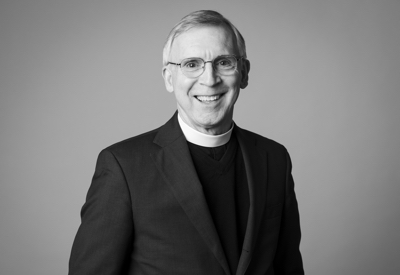 Dear Friends,
Dear Friends,
The weekend essay by David Owen, in this week’s New Yorker magazine is all about porches. Its title, which is itself long enough to be considered an essay is “Inside Out: The magical in-betweenness – and surprising epidemiological history – of the porch.” Owens points out that, during hot months in the era before air-conditioning, a porch was usually the coolest room in a house. Many, although not all homes, are now cooled by artificial climate control, and during steamy weeks, like this past one, we mostly live indoors where the temperature and humidity are comfortable.
Terry and I have an extraordinary front porch at home – one large enough so that, in Spring every year, we create a living room on it. After sweeping and washing the floor, we bring out a cushioned couch and chairs, along with some old wooden rockers we inherited from friends years ago. Because the porch faces east, it’s comfortably in the shade during the late afternoon and evening hours, making it the perfect place to eat supper and read a book. A ceiling fan moves the air on still evenings and, when we run it fast enough, keeps the bugs at bay. A small children’s table and chairs in one corner hearken back to the time our kids were little, and a climbing hydrangea envelopes one of the two brick pillars.
I don’t have a porch here in Toledo; I have a concrete slab outside the living room doors of my apartment instead. My neighbors have done much more with their concrete slabs than I. They’ve put chairs and tables and plants on them – which represents an act of faith, in my opinion, given the neighborhood. No furniture has gone missing – proof that the security firm that patrols the parking lots of the apartment complex is an effective deterrent.
Owens writes, “Porches are semi-magical spaces, intermediate between inside and outside.” The idea of a porch being an intermediate space – a space between “in” and “out.” – led the church I served in Granville to call one of its programs, “The Porch.” The program was intended to be a ministry of hospitality and healing for disaffected Christians and, for all, a non-threatening introduction to alternative views of the Christian faith. During sessions held over five consecutive Sunday evenings, participants had the chance to explore Christianity from different points of view, learn how to take the Bible seriously, but not literally, and what it would mean to live a life that incorporated the values of Jesus.
We believed then, and I still believe now, that crossing a church’s threshold for the first time is really hard for many people – especially those who have experienced any kind of trauma in a religious setting. Meeting on a “porch” was a way to lower the threshold.
Trinity may not have a specific program called “The Porch,” but it has many porch-like opportunities. Earlier this year, we welcomed people to view the solar eclipse during “Totality at Trinity.” A huge crowd came to the Plaza for the Fourth of July fireworks. Music & the Arts concert series represent another “porch.” And later this month, Toledo’s Pride observances will give this parish another opportunity to offer a space that’s “intermediate between inside and outside.”
Is there someone you might invite to the coolest room in the house.?
See you on the porch.
Blessings,
Stephen Applegate
